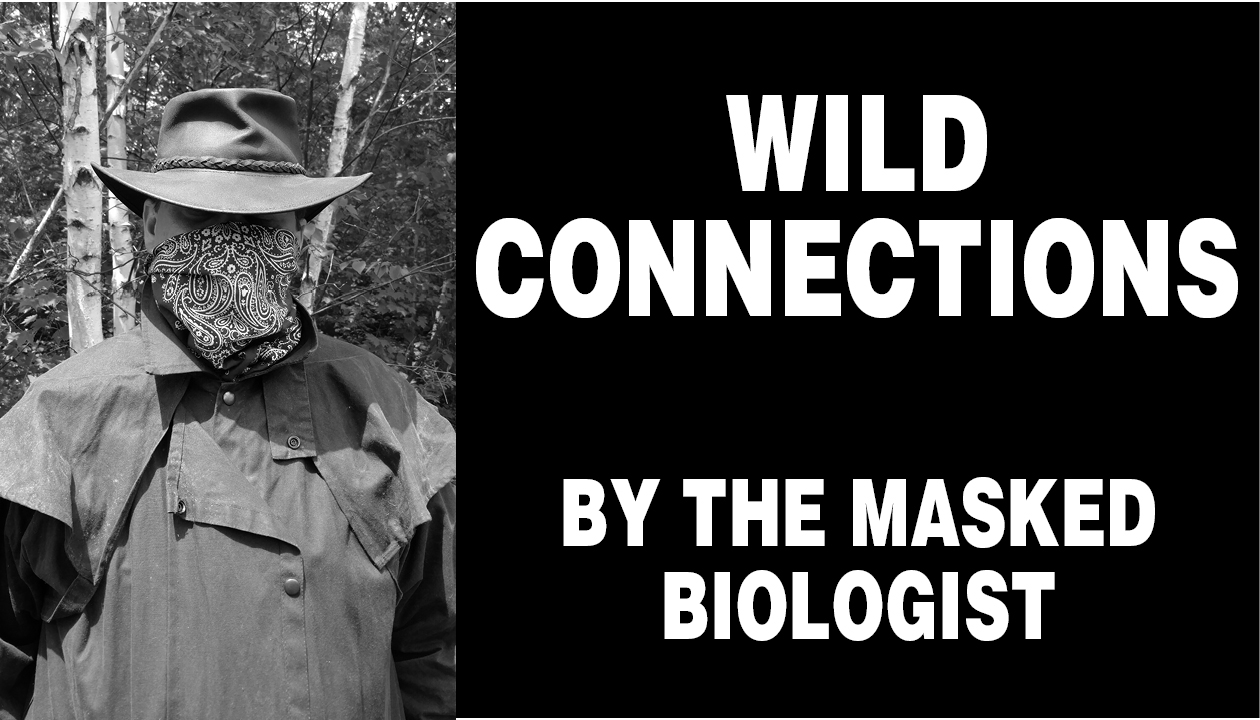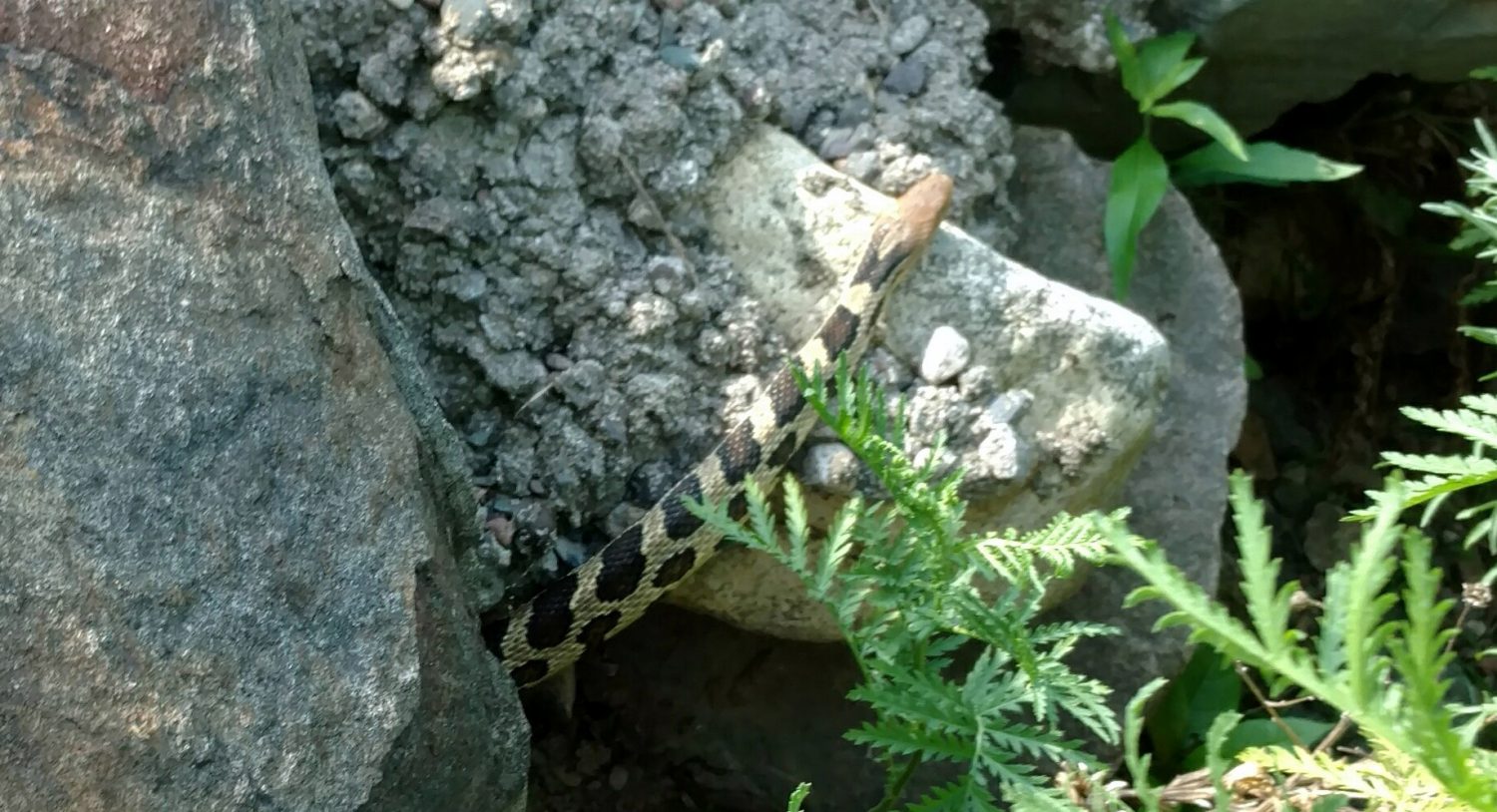Groundhogs and shadows don’t have anything to do with spring in the Northwoods

By the Masked Biologist
Special to the Star Journal
I have heard a number of people comment in recent weeks about how wrong the groundhog was about not seeing his shadow and winter coming to a fast close. I haven’t looked at the running history of Groundhog Day and the accuracy of the weather predictions, but I would guess that the accuracy of this prediction would be about 50 percent, which is about the same accuracy as a coin toss. I suppose I will have to look into it further someday. However, you might want to take into consideration the fact that normally a groundhog would not emerge from its den in early February—it would still be deep in hibernation.
Here in Wisconsin, you might know groundhogs better as woodchucks. Where I went to college out west, we called them marmots. The woodchuck is Wisconsin’s largest member of the squirrel family, or family Sciuridae. I find this family name easy to remember because it makes me think of the scurry family. This is a seriously large squirrel, reaching up to two feet in length and weighing over 10 pounds. As squirrel family members are also rodents, the woodchuck is our third largest rodent, with the beaver being the largest and the porcupine the second largest.
The woodchuck is a true hibernator. Somewhere between late September and early November, it settles into a hibernation chamber inside its burrow and seals the chamber off from the rest of the burrow with dirt. It then curls into a ball, tucking its head down onto its abdomen and curling its tail over its head. Next, it closes its eyes and enters a state of hibernation that makes detection of life difficult. Its heartbeat can drop as low as four beats-per-minute, compared to 75 beats-per-minute in the summer. Its core body temperature drops to 38 degrees Fahrenheit, barely above freezing, compared to a summertime temperature of 90 degrees. For the next four or five months, the woodchuck remains in this state of almost suspended animation. It goes into hibernation in prime condition, its body laden with fat. By the time it emerges in spring, it can be 30 to 40 percent lighter than when hibernation started.
While these animals den and hibernate alone, it is possible that a woodchuck can have company this time of year. Their large, well-excavated dens sit mostly empty all winter, making them an inviting winter residence for other mammals like rabbits, foxes, skunks or badgers. In fact, some observations have shown a link between the numbers of woodchuck dens and the numbers of cottontail rabbits in an area, meaning as woodchucks have diminished in some areas, the rabbits have followed. Knowing the habits of porcupines, who take advantage of their quills to simply wait for an animal to dig a den and then walk in and take it over, I suspect that porcupines would also find a woodchuck den very agreeable for protection from the winter.
Woodchucks preferentially feed on green vegetation, so it would make sense that they would wait until the beginning of the growing season to emerge. This might mean very late February or early March in southern Wisconsin, but later up here in the Northwoods. As hibernators, they can’t waste any time – they have to get a year’s worth of activity done in seven or eight months. So, they breed right after leaving hibernation, late March or early April, and 30 days later they have four to six young. Although some rodents – and squirrels – reproduce more than once a year, this one litter will be the only batch born that year. The young will nurse for weeks, weaning at five or six weeks old at which age they will begin to emerge from the burrow and seek out lush green vegetation. This means that the mother woodchuck has to not only recover from significant body weight loss during hibernation but also eat enough food to let her produce enough milk for her young.
So, the real ground hog day won’t be happening for a while yet. The woodchucks will start to awaken and emerge based mostly on an internal clock, maybe somewhat on warming soil or moisture from melting snow and frost entering the den. If they cannot find food upon emerging, though, they may decide to hit the snooze button and tuck back in until the true arrival of spring – and their shadow will have nothing to do with it.
The Masked Biologist earned a Bachelor of Science degree in wildlife biology. His work in natural resource agencies across the country provided opportunities to gain experience with a variety of common and rare fish, plant and wildlife species. Follow The Masked Biologist on Facebook. Email questions to [email protected].
Leave a reply
You must be logged in to post a comment.


